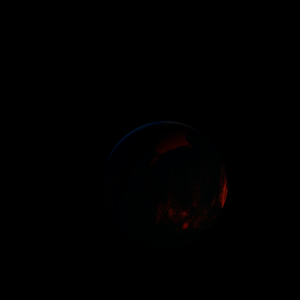|
|
Space Astro
|
Info for exoplanet "Weimyue"
| Scientific (actual) data |
|---|
| Name | Kepler-758 c |
| Planet status | Confirmed |
| Radius | 0.151 |
| Orbital period | 4.75794 |
| Discovered | 2016 |
| Updated | 2021-02-05 |
| Tconj | 2454970 |
| Publication | Announced on a website |
| Detection type | Primary Transit |
| Alternate names | 2MASS J19322030+4108075 c, K01060.02, KIC 5880320 c, KOI-1060 c, KOI-1060.02, WISE J193220.32+410807.5 c |
| Star name | Kepler-758 |
| Right ascension | 293.09° |
| Declination | 41.14° |
| Mag j | 13.37 |
| Mag h | 13.146 |
| Mag k | 13.11 |
| Star distance | 1353 |
| Star metallicity | -0.1 |
| Star mass | 1.16 |
| Star radius | 1.42 |
| Star age | 3.8 |
| Star temperature | 6228 |
| Star alternate names | 2MASS J19322030+4108075, KIC 5880320, KOI-1060, WISE J193220.32+410807.5 |
| Wikipedia article | Kepler-758 c |
Back
| |
| Fictional info (?) |
|---|
| Suggested name | Weimyue |
| Planet type | Cold planet |
| It may have had carbonyl sulfide oceans in the past, but these would have vaporized as the temperature rose due to a runaway greenhouse effect.
The two polar ice caps appear to be made largely of frozen gas. |
| Atmosphere | Oxygen | 85% |
| Methane | 11% |
| Carbonyl sulfide | 2.7% |
| Ammonia | 0.73% |
| Neon | 0.1% |
| Carbon monoxide | 0.031% |
| Atmospheric pressure | 2.7 bar |
 |
| No known satellites |
| Google search for Weimyue |
|
Website by Joachim Michaelis
|
|
|
|